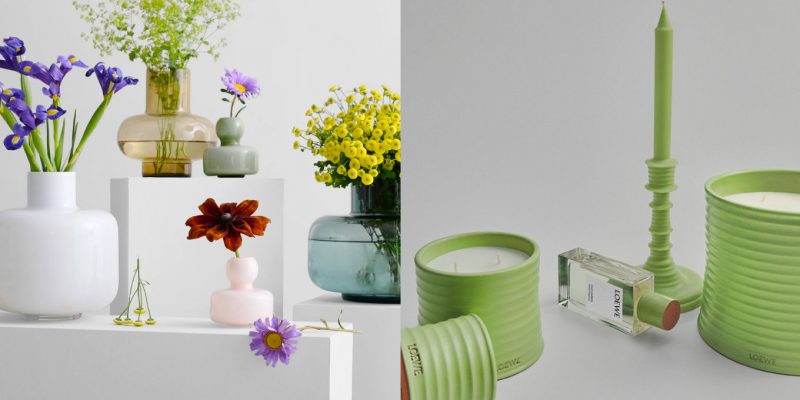Decor
Canadian Photographer Alia Youssef Challenges Stereotypes of Muslim Women with 'Generations'
"I hope this project will complicate any presumptions people may have internalized about Muslim communities."
by : Hannah Ziegler- Jul 3rd, 2020
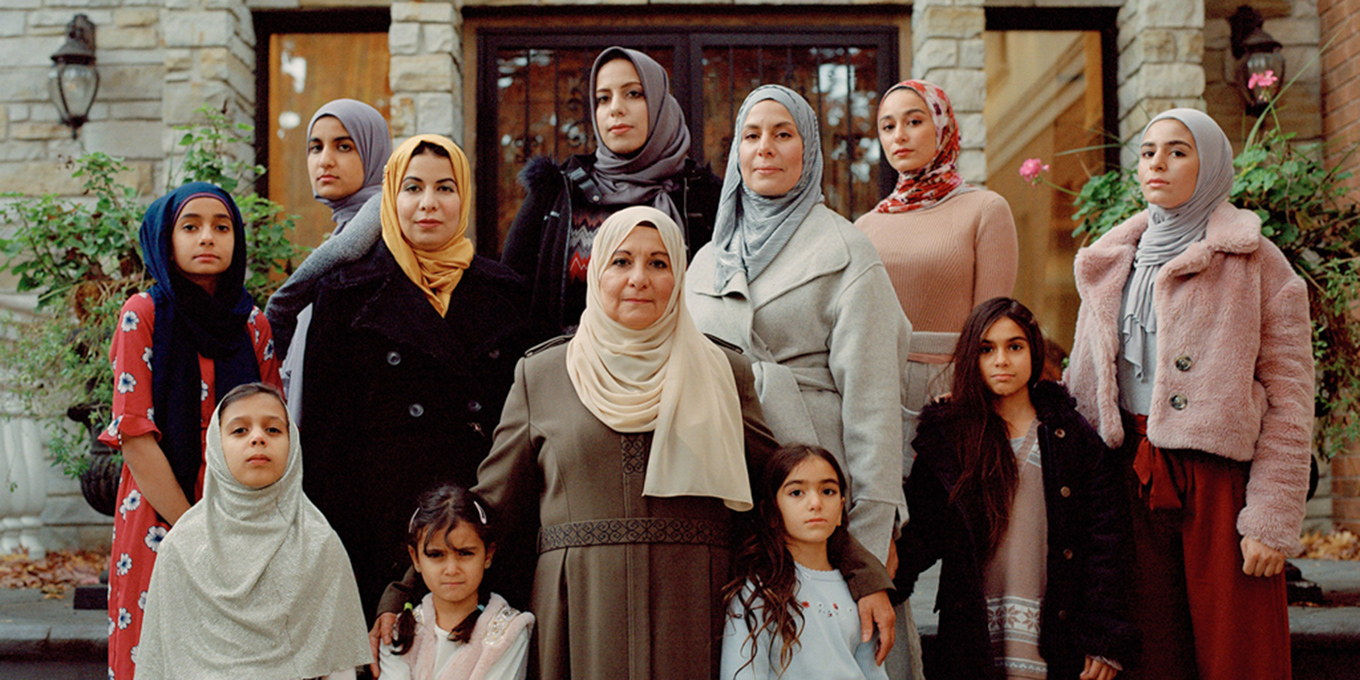
Alia Youssef
Alia Youssef, a Vancouver and Toronto-based photographer, focuses her lens on Muslim women’s identities. In various projects with Getty Images, Youssef photographed Muslim women living their daily lives to help diversify the imagery available to media and brands. Three years ago, she created The Sisters Project to subvert stereotypes about Muslim women. Now, Youssef is taking things a step further with Generations, an ambitious photo exhibit displaying images of more than 30 Muslim families across Canada, emphasizing Muslim women’s bonds and histories in our country.
Generations was meant to be exhibited in a gallery, but like most planned in-person events in the COVID-19 era, it is existing online only for the time being. We reached Youssef via email to talk about releasing the photos virtually, how she came up with the concept for the exhibit and the importance of taking control of your own narrative.
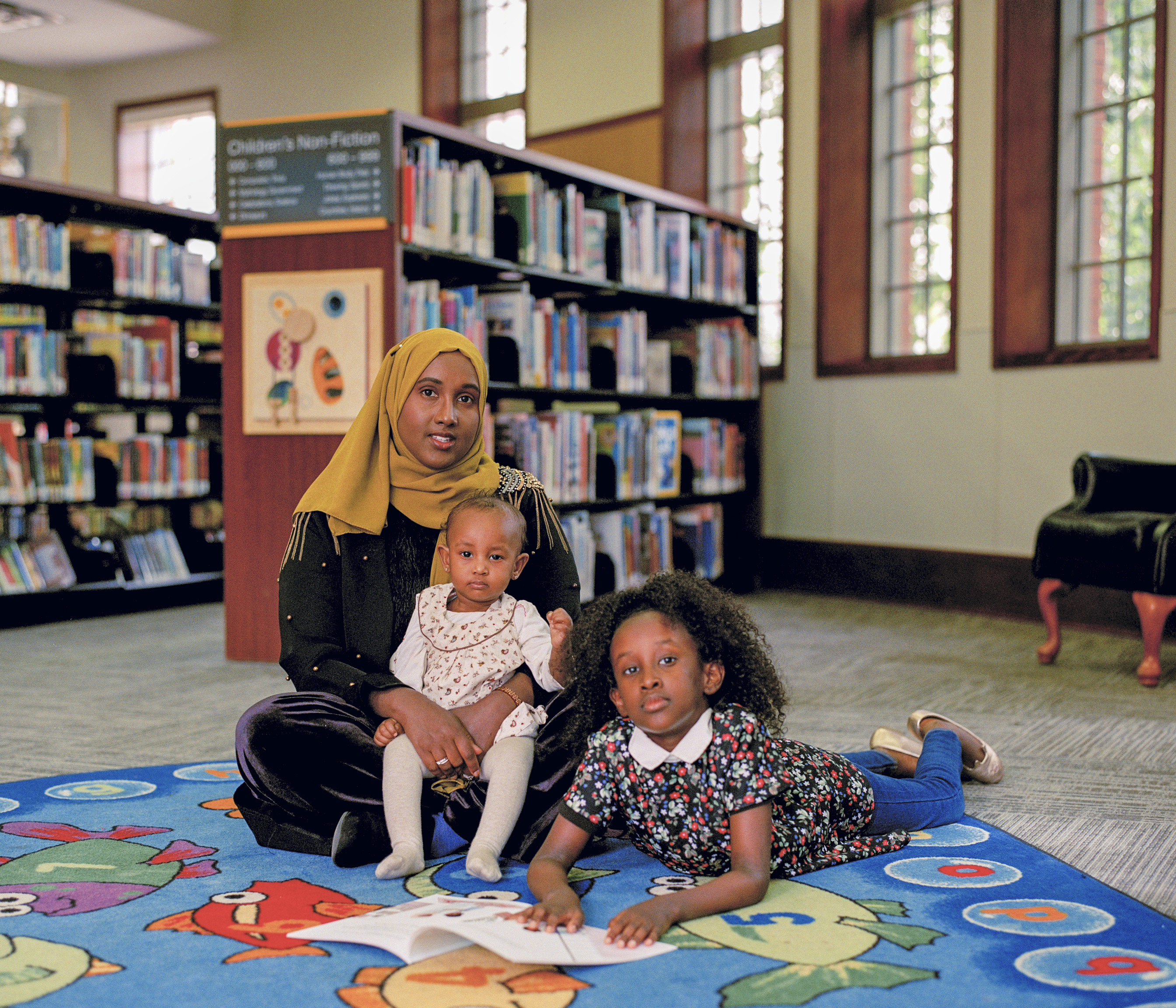
The Ahmed Family, Edmonton, AB.
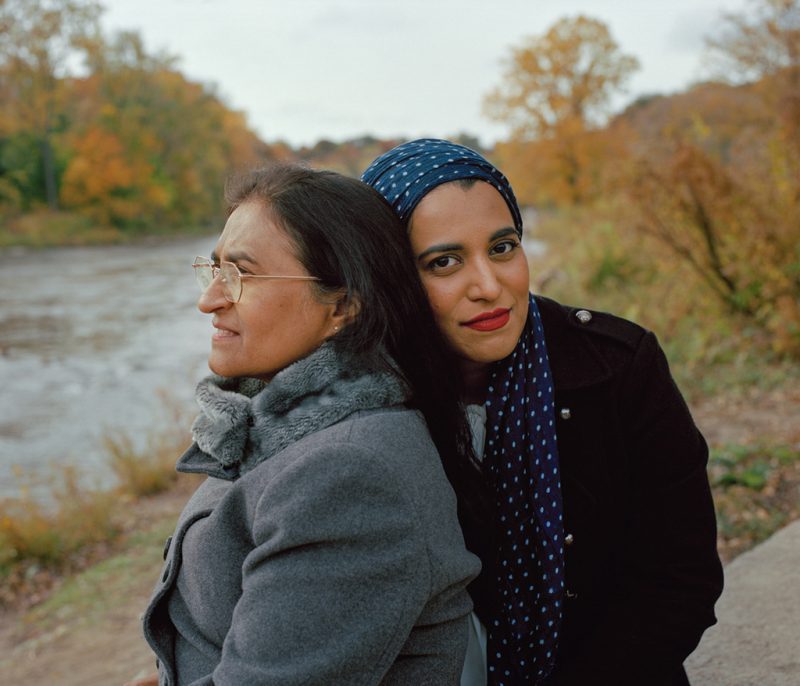
The Jahangeer Family, Toronto, ON.
How did the idea for Generations develop?
I’ve been working on photo projects that complicate stereotypes surrounding Muslim women and our communities on and off for the past ten years. My last photo project, The Sisters Project, which I began in December 2016 features 160 Muslim women and shares the diversity of not only how Muslim women look, but our stories and experiences. This project gained a lot of media attention and success which led me to do a tour across Canada meeting, photographing, and learning about Muslim communities from coast to coast. While going across the country, I began learning about all the interesting histories of how different Muslim communities started and meeting and hearing about all these pioneering figures who built each community from scratch. While I was growing up, I had no idea Canada had a large Muslim population because I grew up in a predominantly white neighbourhood and definitely did not know about the many incredible stories of Muslim communities from across the country.
Generations developed fluidly after that. I began looking at archives and realizing that Muslim communities are largely absent within them and that our stories and photographs have largely gone unacknowledged. I came across a few Muslim historians and authors who had begun writing about different histories/communities so I decided I wanted to expand upon their work but focus on women’s stories, whose voices usually get sidelined in marginalized and mainstream histories. Since I’ve always loved photographing families and capturing relationships, I decided to make multigenerational portraits which gave me the opportunity to both get an insight to the stories of previous generations while also comparing the older generation’s experiences to the younger generations. Generations has become an intergenerational record of the experiences of Canadian Muslim women but it also gives a glimpse of a larger national history which includes politics and attitudes towards immigrants at different time periods.
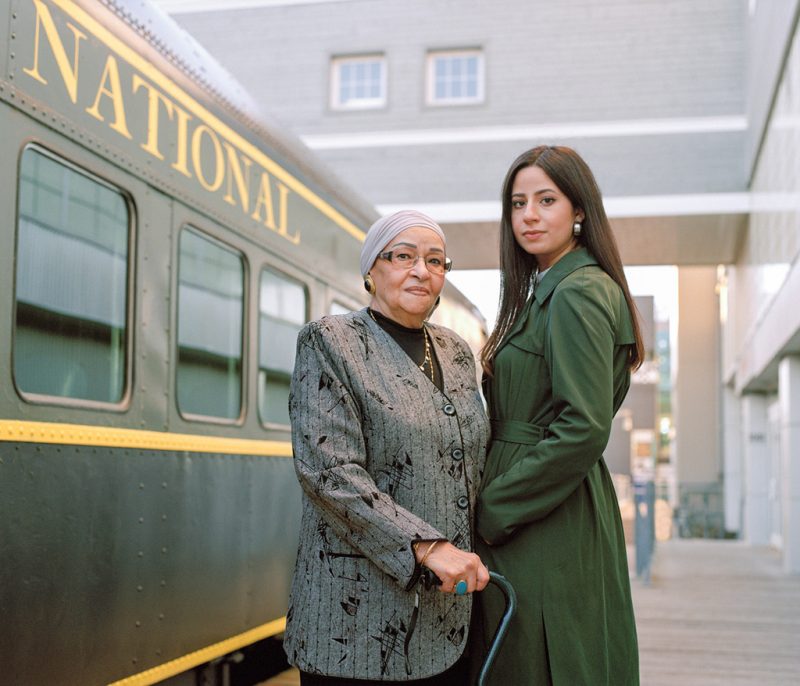
The Morsi Family, Halifax, NS.
How did you approach this project in comparison to previous photography projects?
Because Generations was in response to an absence of images and stories in not only the archive, but in Canada’s collective memory, I wanted to reference the types of family photographs that exist throughout the archive from the 20th century. I decided to photograph the entire project with a medium-format film camera, on a type of film that was invented in 1901 and remained popular with professional photographers until the digital age. I found that the histories of photography, the settler-colonial state of Canada, and Muslim history in Canada followed a strikingly similar timeline. Funnily enough, 1901 was the year members of the Hamdon Family immigrated to Canada (they are the family in my project who have spent the most generations in Canada and whose family spearheaded the building of Canada’s first mosque!). My approach with this project was very different to all my projects because of the fact that I shot it on film.
What was the process of finding the 30 different families? Did you do an open call?
Luckily, because of The Sisters Project, I had already garnered a lot of connections with Muslim communities across the country so when it came time to find families, I simply made a call-out on Facebook and Instagram explaining the project and asking for recommendations. Through both those avenues I found 30 families in 7 cities across Canada. I’m very lucky to have access to a very supportive social network of people.
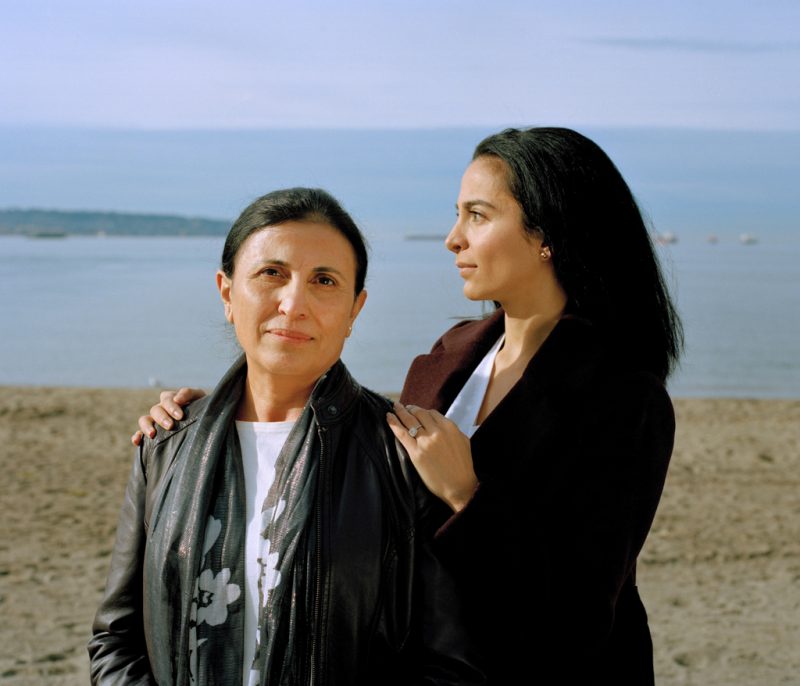
The Aldosky/Albarzanjy Family, Vancouver, BC.
How did you feel about posting the project online rather than in person?
I was really excited to have these photos printed and exhibited in a gallery, which was the plan until the pandemic hit. I felt that because I had photographed it on film and the fact the photos do reference a pre-digital/internet age that it would have been really beautiful to experience them in person. In the end, I’m really happy with how the “online exhibition” turned out because of how many more people now have access to see the work. I hope that I’ll get the opportunity to hold in person exhibits for these photographs in the cities I photographed in once it becomes safe to do so. I’d love for the communities I photographed in to be able to experience the work in person and to get the experience of seeing themselves and their stories in a gallery space.
Are there any specific stereotypes you are hoping the photos might help combat/deconstruct?
Muslim-identified people and communities, like many racialized communities, have been both invisible and hyper visible in Western media. There are so many news stories and films related to terrorism, “barbaric cultural acts,” oppression of Muslim women etc. but rarely stories that offer insights to lives and experiences of the majority of the Muslim population. I hope that my project complicates people’s ideas of who Muslim women and communities are and that it gives a space for Muslim women in particular, who are often labelled as oppressed/silent/brainwashed/uneducated, to define how they want to be represented both visually and in their stories. I also want this project to offer space for them to share the histories and stories they want archived and remembered and for it to be a place of intergenerational reflection.
Do you have a favourite photo from the exhibit?
It’s hard to choose a favourite photo because of how close I am to the wonderful experiences I had with each family while shooting them. I truly am grateful for the time I had and images I created with each family. Because of that, these images are not necessarily favourites but are just memorable to me for different reasons. I found shooting larger families like the Hindy Family and the Badawi Family the most challenging as a photographer because I am not used to shooting such large groups in this way but the most rewarding and exciting at the end. I love how in their photos you see the unity and connection they have as a family yet each woman holds her own space and displays her own strength within the image.
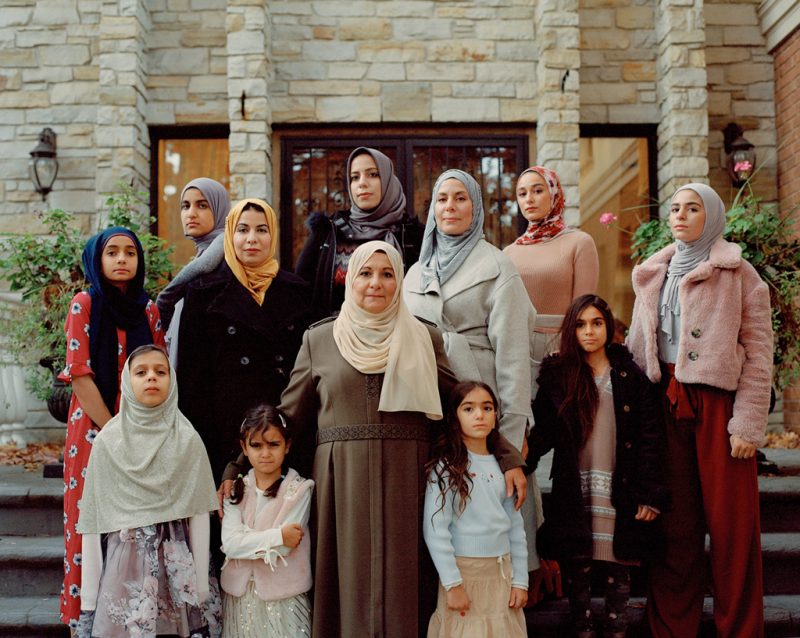
The Hindy Family, Mississauga, ON.
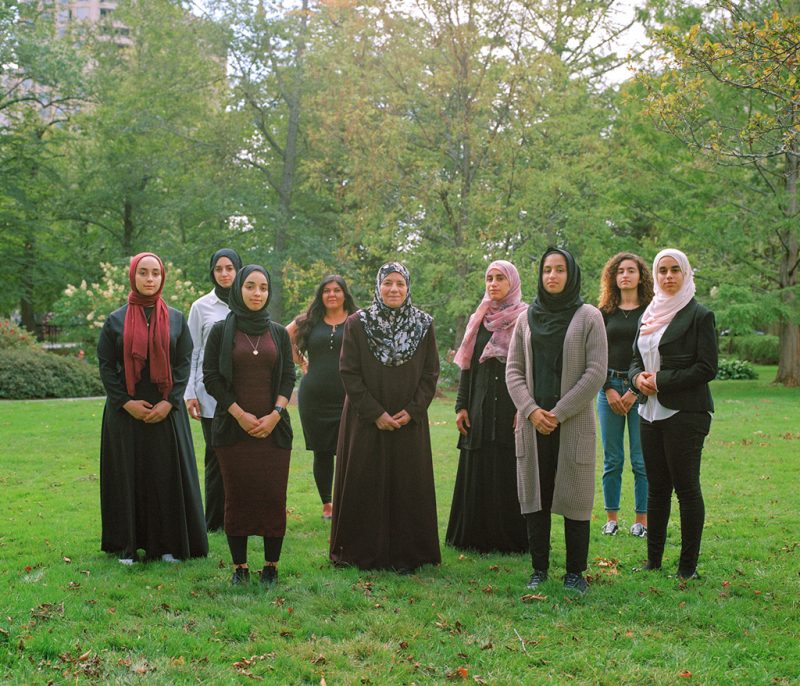
The Badawi Family, Halifax, NS.
I also love images where the youngest generation leads the image, like in the Bejkosalaj-Kuki Family, the Ali Family, the Ibrahin Family, and the Jaroudi Family. In all those photographs, I admire how these young individuals embody a hopeful and strong future led by fierce and determined women. I always smile when looking at the Abdi Family’s photograph and the photograph of my own sisters because of their laughter and joy. I find photographs of Muslim women are always solemn and serious and I love how these images defy that and show the beauty and fun in these women’s connections and lives. I could go on and on and name the things I love when I see each of the images but the meanings I gather from these photos came to mind first.
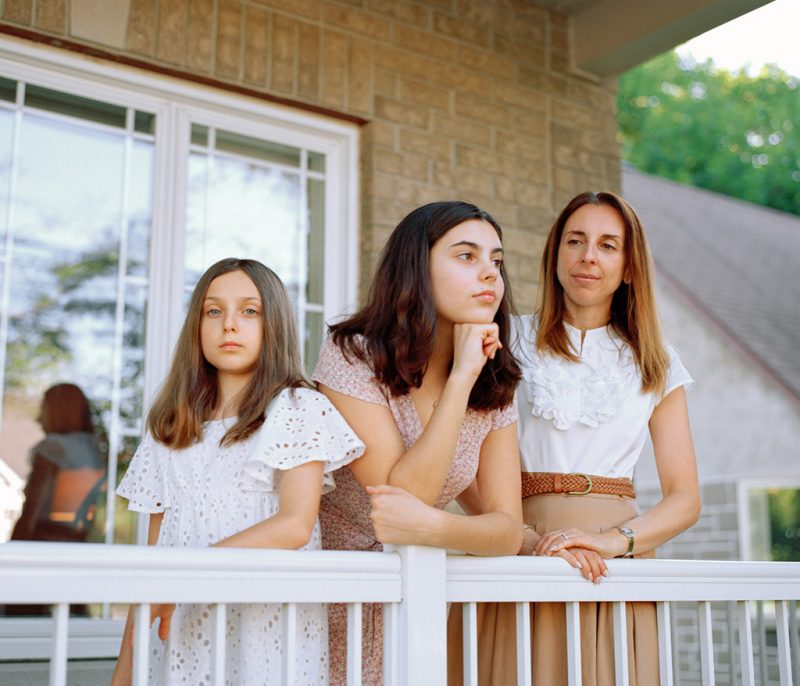
The Bejkosalaj-Kuki Family, Ottawa, ON.
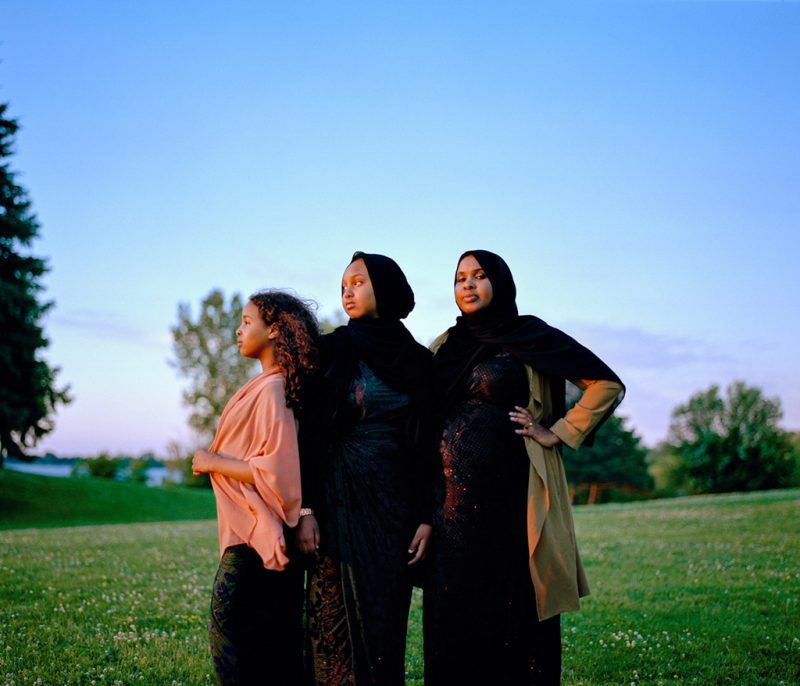
The Ali Family, Ottawa, ON.

The Ibrahin Family, Halifax, NS.
What do you hope people will take away from these photos?
I hope people will admire the strength of community and family embodied in these images and enjoy reading the interesting multigenerational stories. I hope this project will expand people’s knowledge of the histories of Muslim communities across the country. I hope it will complicate any presumptions or ideas people may have internalized about Muslim communities. I hope this project will inspire people to document their own histories and to value the power of asserting how they would like themselves to be represented in photographs and stories.
READ MORE:
Indigenous Artists Are Creating Boundary-Pushing Pieces That Inspire Strength and Healing
Newsletter
Join our mailing list for the latest and biggest in fashion trends, beauty, culture and celebrity.
Read Next

Fashion
H&M's Latest Designer Collab With Rokh Just Dropped (And It's So Good)
We chatted with the emerging designer about the collaboration, his favourite pieces and more.
by : Melissa Fejtek- Apr 18th, 2024

Culture
5 Toronto Restaurants to Celebrate Mother’s Day
Treat your mom right with a meal at any of these amazing restaurants.
by : Rebecca Gao- Apr 18th, 2024
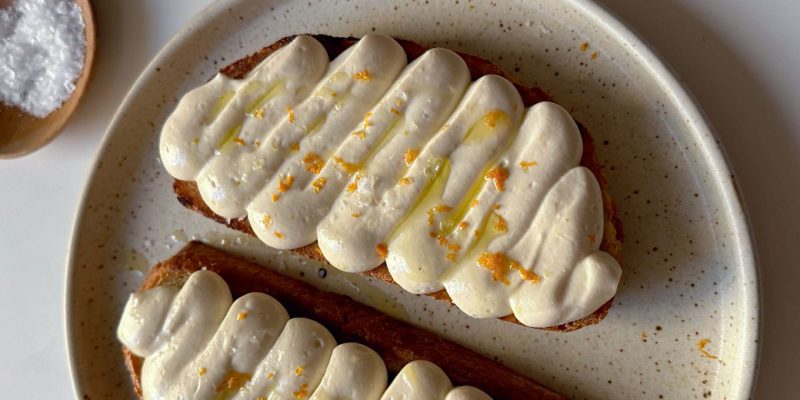
Culture
This Maple Whipped Tofu Toast Is Unreal
Light, fluffy with a touch of zest, this maple syrup-infused toast is a slice of heaven.
by : Margaux Verdier- Apr 9th, 2024




